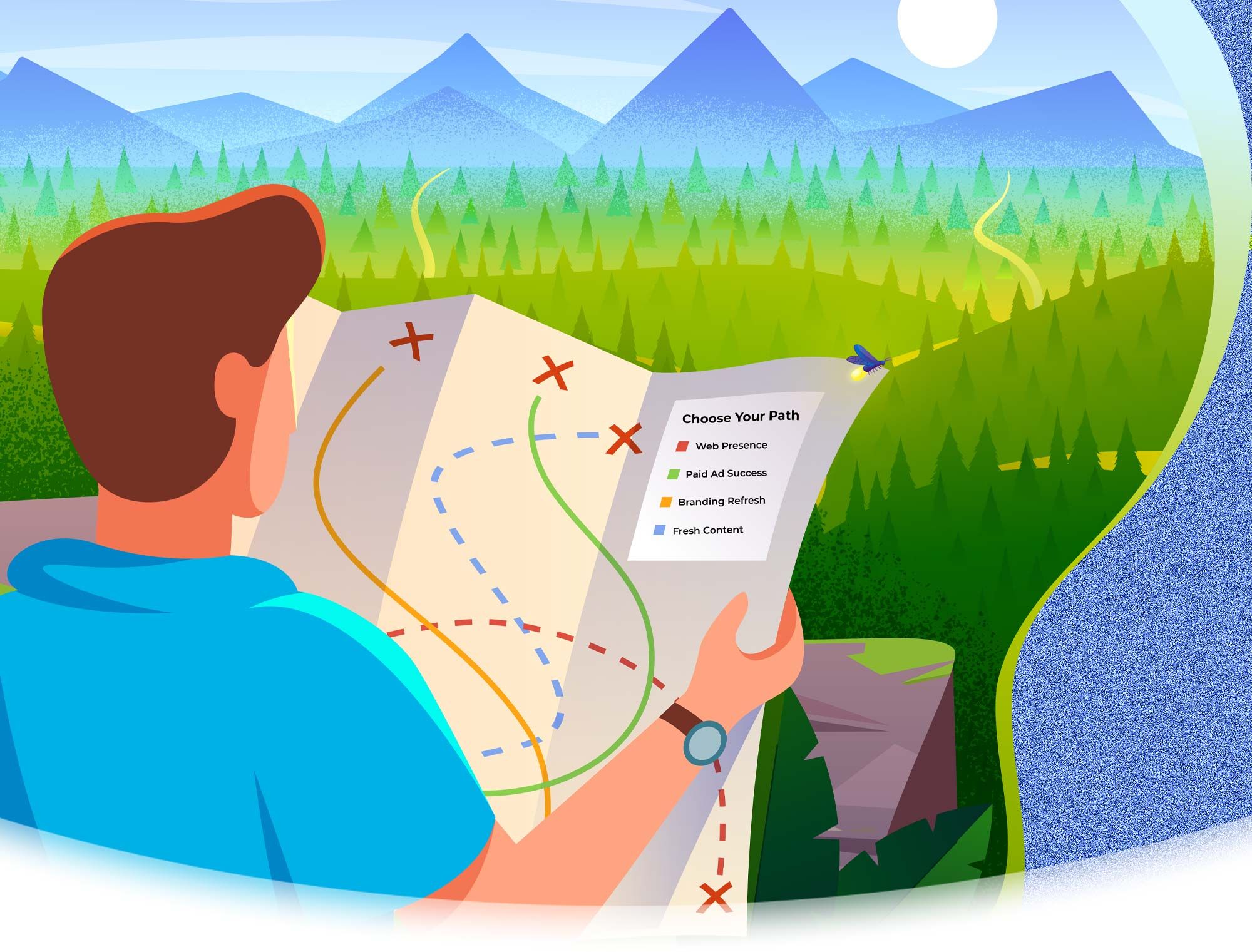Want An Effective Newsletter? Clean Up Your List First!
Is Your Messy Client List Getting In The Way Of Your Newsletter’s Performance?
Email marketing is simple, right? Just throw an email together, send it to your list of contacts you’ve accumulated over the years, and call it a day.
Well, not quite. If you want your newsletters to be effective, it’s worth taking a bit of time to start them out right.
One of the best questions you can ask yourself at the start of any newsletter strategy is “who am I sending this to?”
That’s because, over the years, it’s easy for a contact list to get bloated with old email addresses. These are people who aren’t likely to buy your products or services or give you a referral, so why should you be sending newsletters to them?
If you take some time to look through your contact list, you may find some emails that don’t belong.
Your thought may be “well, it’s not like I’m limited on the amount of emails I can send, so it won’t hurt!” And while it’s true that platforms like MailChimp won’t charge you if you send 1,000 emails or 1,300 emails a month, there are some downsides to sending out email blasts to low-quality lists.
If you have an excessively high unsubscribe or bounce rate on your emails, you could get blacklisted from that email platform. That’s unlikely to happen, but it’s best to avoid the chance!
So that leads a follow-up question: How do I clean up my email list?
1. Look for Red Flags
The very first step before you start sending out newsletters is to open up that Excel doc and glance over the list.
Look for things like no-reply addresses or alias email addresses like “
For large lists (above 1,000 emails), do a mass search for terms like “no-reply,” “info@,” etc. to pull everything out in bulk. Cut the emails and say goodbye. Your list will be smaller, but it will be much higher quality.
2. Go Back in Time
Not literally, but think on how long you’ve been holding on to those email addresses.
If your list is filled with the email addresses of people who showed slight interest at the top of the sales funnel 10 years ago and you haven’t contacted them since, they’re probably not going to even recognize your company. They’ll unsubscribe or mark the email as spam, and you’ll be no better off than if you had avoided sending the email at all.
A best practice is to remove any email addresses that have not engaged with your newsletters within the last two years. Of course, not everything is that black and white, so speak with your content marketer about the specifics of your newsletter list for more personalized guidance.
You’ve Cleaned Your Client List. Now What?
Now that you’ve gone through your client list and updated everything accordingly, you’re going to be able to get the most optimal results for your email marketing performance.
But let’s take things a step further… with email segmentation.
Take a look at your current client list along with your customer base. Do you have subscribers who work within the industry as interior designers, builders, and the like? Do you serve both commercial and residential customers? If so, you may want to personalize your emails by segmenting them. To segment your emails, you are merely adjusting your newsletter blasts to be sent out to a specific client list who will benefit most out of the information you’re providing them in that newsletter.
Doing this, you will achieve higher click-through rates and positive feedback since you are sending out more personalized and relevant information to the end-user. We cover more about email segmenting here.
One quick note to end this topic: don’t let the thought of unsubscribes get you down. Newsletters are an extremely useful and beneficial tool if used correctly, and it’s a marketing tool that’s well worth keeping in your tool kit.
For more specific questions about email marketing, please reach out! We’re always happy to talk about marketing strategy.

